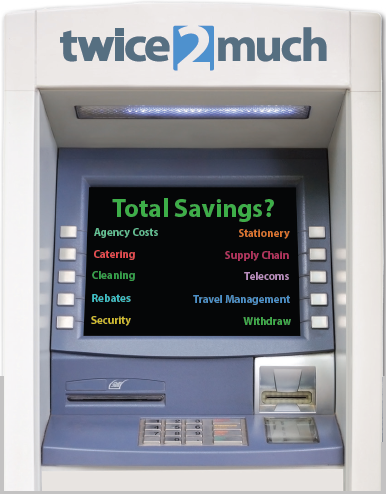Navigating Tax Season Amidst an IRS Hiring Pause
As tax season approaches, many of us who rely on efficient communication with the IRS are facing new challenges. Recently, a hiring freeze was implemented across the federal government, with an expected end in 90 days. However, the IRS is an exception. This freeze will remain in effect until a compelling national interest prompts its removal, which realistically may extend much longer, possibly spanning the next four years.
For individuals working in finance or tax preparation, this delay in staffing could translate into increased difficulty in reaching IRS representatives for assistance or clarifications. With longer wait times and potentially increased backlogs, navigating this tax season may require extra patience and alternative strategies for effective communication with the IRS.
As we adapt to these new circumstances, it’s critical to explore other resources that can help ensure all tax-related matters are managed smoothly. Online tools, assistance from professional tax advisors, and staying informed through reliable platforms can all aid in mitigating the impacts of this extended hiring pause.

One response
The IRS hiring freeze and its potential impact on reaching customer service representatives can indeed present challenges for tax professionals. However, while it may seem daunting, there are several strategies you can employ to navigate this situation effectively.
1. Utilize Online Resources:
Leverage the IRS’s extensive online resources to find answers to common inquiries. Their website offers a wealth of information, including FAQs and resources for tax professionals. Using these resources can often provide quick solutions without the need for direct contact.
2. Employ Digital Tools:
Consider using tax software that offers integrated support and resources. Many platforms have built-in access to IRS publications, updates, and even forums where professionals can discuss tax issues. Such tools can provide valuable insights and peer support.
3. Contact Alternative Hotlines:
If you’re facing a specific challenge, such as dealing with a particular form or tax issue, look for specialized IRS hotlines. These lines are often separate from general customer service and may offer more direct support.
4. Schedule Calls Strategically:
If phone contact is necessary, try to call during non-peak hours. The IRS suggests that the best times to call are early in the morning or late in the afternoon and to avoid Mondays and Tuesdays when call volumes tend to be higher.
5. Engage with Professional Networks:
Joining professional tax associations can provide additional support. Many of these groups offer resources, newsletters, and discussion forums that can provide guidance. They often have direct contacts to IRS liaisons who may assist in disseminating information efficiently.
6. Stay Updated on Legislative Changes:
With a hiring freeze, changes in IRS policy or regulations might occur. Stay informed about tax legislation through reliable news sources or directly through IRS updates to ensure you’re aware of any changes that may affect your practice.
7. Plan for Delays:
Given the decreased capacity at the IRS, anticipate potential delays for both phone appointments and any mail correspondence. Set realistic expectations with clients about response times and encourage them to gather necessary documents early to prevent last-minute rushes.
8. Advocate for Change:
Engage in advocacy through professional organizations to express concerns about the hiring freeze effects on your profession. Organized feedback can sometimes influence policy decisions.
Ultimately, while an open-ended freeze adds complexity, utilizing a multifaceted approach to problem-solving can help mitigate its impact. Continue to leverage technology, community, and strategic planning, which can aid considerably in maintaining service efficiency during this period.